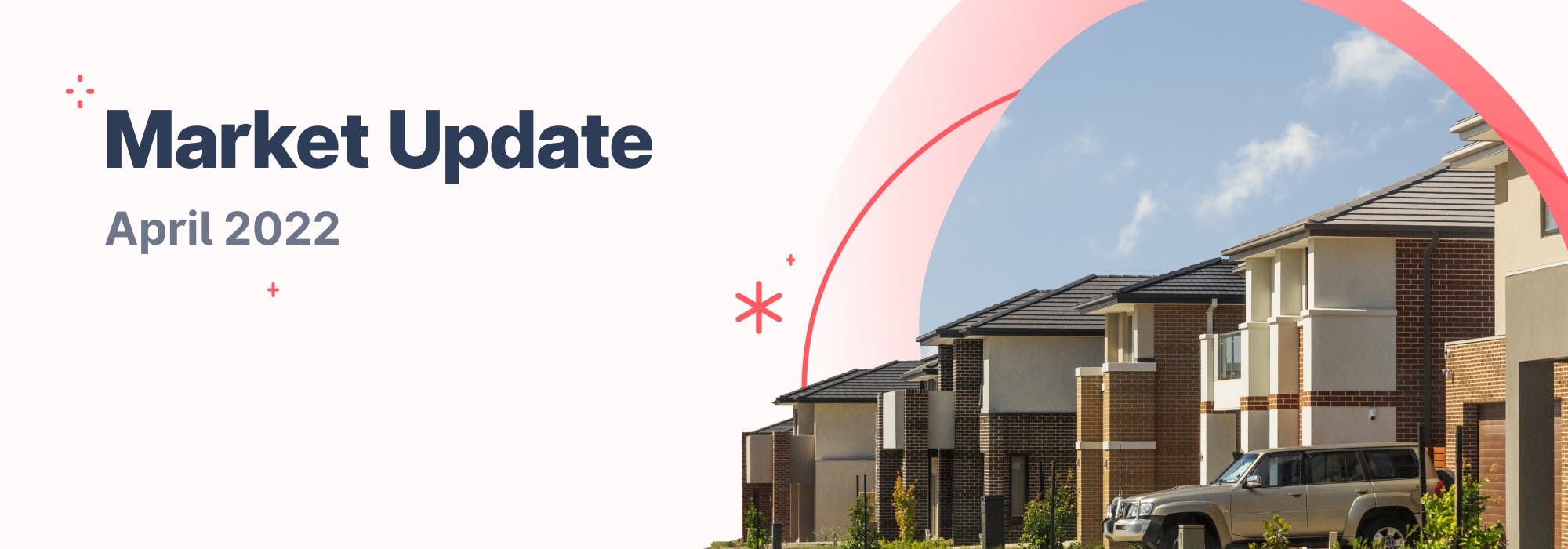Booming property prices have been dominating the headlines over the past 12 months. This month however, we’re seeing conversation shift to the rental market as vacancy rates plummet and rental prices begin to climb.
Across the country, we’re seeing a number of states recording historically low vacancy rates (particularly in desirable Queensland areas like Brisbane and the Gold Coast).
With international borders open and a pandemic-driven rise in interstate migration, the rental market is proving tighter than we’ve seen in recent years. Throw in the devastating impacts of the recent east-coast floods, and tenants are finding it more difficult than ever to secure a place to call home amidst the rental crisis in QLD and NSW.
There are still significant opportunities for investors to capitalise on the booming rental market this month (and beyond). At :Different, we’ve already leased 32 properties this month, with the strongest demand seen in the Queensland market.
If you want to know the state of play in Australia’s rental market in April, read on for my on-the-ground analysis and what we’re likely to see in the coming months.
Rental vacancies are at record lows in Queensland
With work-from-home arrangements now a permanent option for many workers, it’s no surprise Australians are flocking north to enjoy sparkling beaches and summer temperatures all year round.
Across South-East Queensland in particular, we’re seeing a massive spike in interstate migration, leading to a surge in rental prices and a significant drop in vacancy rates.
Take Brisbane for example: the average vacancy rate is now below 0.1%. Over in the Gold Coast, vacancies have dropped to 0.3%, taking total vacancies to a record-low of 0.6%. According to the Real Estate Institute of Queensland, this is the lowest the market has dipped in the last 15 years.
What’s causing this tight rental market?
It comes down to a combination of factors, including a rising unaffordability (especially for first-time buyers) that is keeping many buyers priced out of the purchasing market, a surge in rental demand, and the desirability of the coastal Queensland lifestyle.
Plus, Queenslanders are feeling the impacts of the recent floods which have intensified the existing housing and rental crisis across the state. With tenants and homeowners displaced and thousands of properties destroyed, demand has never been higher for rental properties.
Sydneysiders are spreading to outer suburbs
Down in NSW, we’re seeing similar trends across the rental market this April. With international borders open once again, vacancy rates are falling month on month.
Interestingly, Sydneysiders are looking to outer ring suburbs rather than focusing solely on inner-city postcodes. We’re seeing city renters flocking to suburban areas looking for more living space and a higher supply of family and standalone homes with multiple bedrooms.
Rather than compromising on a smaller inner-city apartment, Sydney tenants are more receptive to bigger properties in suburbs that aren’t as close to the CBD. For investors, it’s also worth noting that properties with a study are hot commodities as the remote work revolution continues to grow.
Our NSW teams are seeing up to 50 inquiries per property and many potential tenants applying without even inspecting rentals - a clear indication of a good rental market this month.
Rents begin to rise and demand picks up in Melbourne
Things are tightening up across the rental market in Melbourne, too. We’re seeing the number of vacant rentals more than halve (according to Domain.com.au), with Melbourne’s vacancy rate dropping to 2.1% last month (compared to 4.4% from the same time last year).
We’re also seeing an interesting trend where some investors are choosing to sell their rental property to owner-occupiers, effectively taking these properties out of the rental market. At the same time, other investors are turning their investment property into a short-term holiday rental and listing it on sites like Airbnb.
But what does all of this mean for the rental market? Well, rents are rising across Melbourne due to strong demand and limited supply. Plus, there’s more activity and interest in the rental market than we’ve seen in recent months.
With on-campus learning back on the cards, university students are showing strong interest in rental properties in Caulfield, Elsternwick and Ormond (which are all close to public transport). Plus, student interest and rental demand are picking up in Berwick, Clyde, Pakenham and Cranbourne.
Another trend we’ve seen this month is heightened interest in larger rentals and bigger houses located in more affordable outer-ring suburbs. This gives Melbourne workers the flexibility to enjoy working remotely, while still giving them access to the CBD when they need it.
Our databases show a more moderate level of demand among tenants. This month, we’ve seen tenants less likely to make an application prior to inspecting, with a spike in inquiries typically seen when rental properties are just listed.
What’s ahead for the Australian rental market?
As we look ahead, we expect the QLD rental market to continue to tighten as tenant demand outpaces supply. In NSW and VIC, we expect to see solid tenant demand and a drop in vacancy rates, but not at the skyrocketing levels seen in Brisbane and on the Gold Coast.
We also anticipate that some tenants might actually capitalise on historically low-interest rates (and lower mortgage repayments) and step out of the rental market.
In some cases, mortgage repayments are more affordable than rental prices, particularly in hot markets. Some tenants are offering well above market rates, even putting forward up to 12 months of rent in advance to secure a property.
While rising rental prices and low vacancy rates are good news for investors, tenants are likely to find it harder to secure rental properties in the months ahead.
So, if you're a tenant, what can you do to put your best foot forward when applying for a rental property in such a competitive market?
Make sure to complete your application in full, provide all the relevant ID documents and references and go the extra step of providing extra details (like pictures of your pet!) to stand out to property managers and landlords.
With rising rents across the country, it could also be worth renewing your current lease (rather than relocating) to secure a more affordable rate as a tenant.
For investors, we’re adjusting our rent guides on properties to reflect the changing market. Additionally, we’re still harnessing video walk-throughs and virtual tours to help maximise interest and applications for owners in this competitive market!
Disclaimer: The views, information, or opinions expressed in this blog post are for general information purposes only and should not be relied upon. We have not taken into account specific situations, facts or circumstances, and no part of this blog post constitutes personal financial, legal, or tax advice to you. You should seek tax advice from your accountant, specific to your situation.



